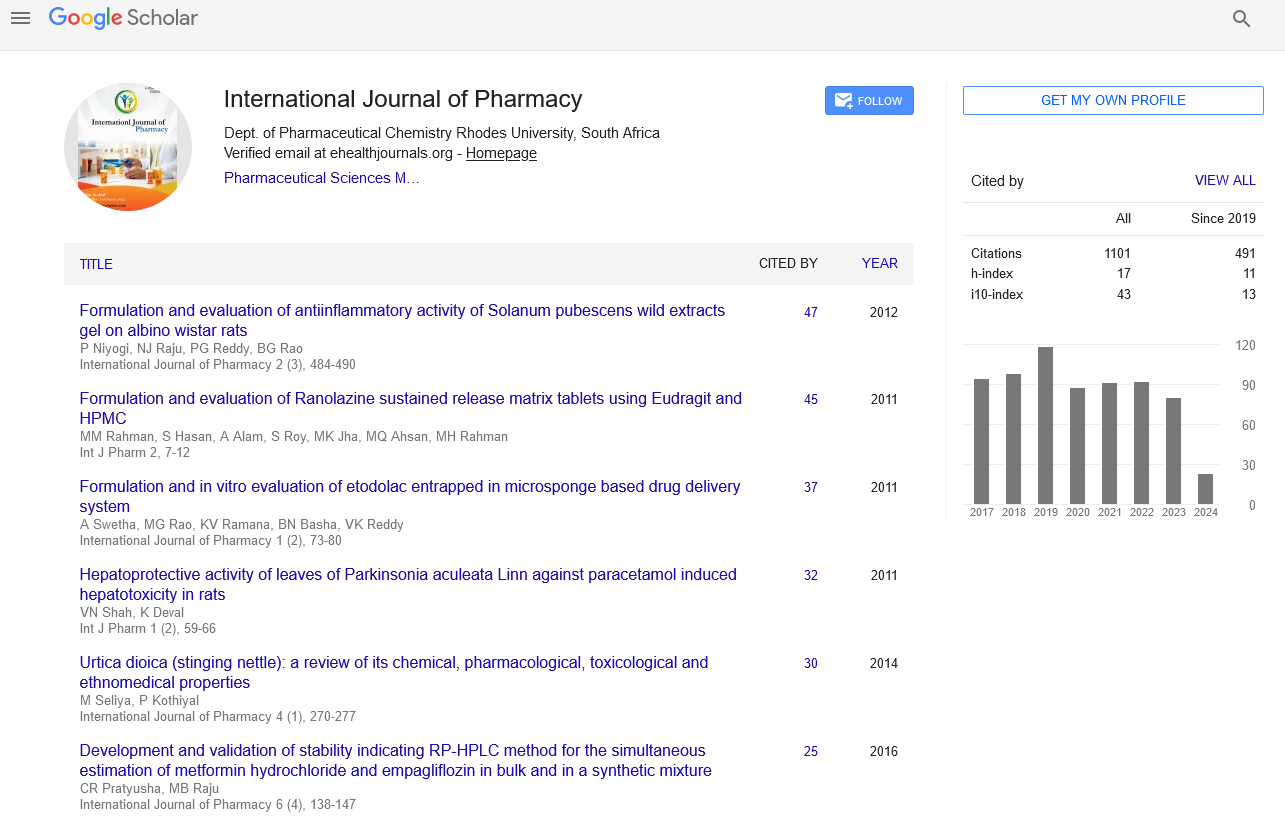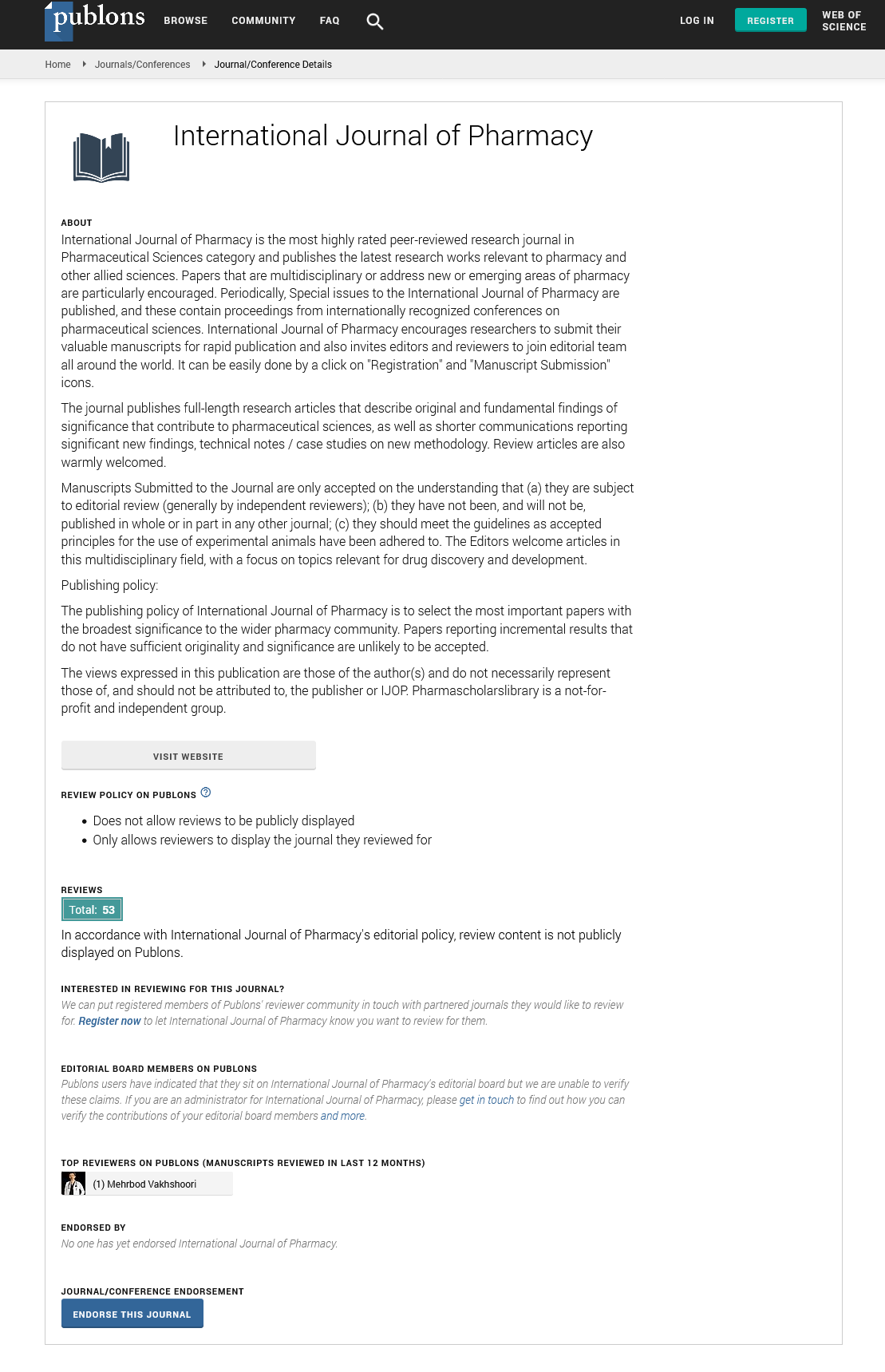Abstract
Paediatric Dosage Forms: A Review of Age Development and Dosage Forms of Choice
Hamad Alyami1,2* and Afzal R Mohammed1
Paediatric medication development has advanced extensively worldwide due to legislative encouragements and requirements directed
towards the development of studies of drugs for use in the paediatric population (FDA, 1994). European Medicines Agency (EMA)
has reviewed its legislative requirements to drive innovations in paediatric formulations (European Commission, 2013). An approved
paediatric investigation plan is required for all new drugs and all line extensions that are submitted for EMA approval after January
2009. Such plans should cover all paediatric age groups. Furthermore, the EMA has issued guidelines on pharmaceutical development
of medicines for paediatric use including route of administration, dosing frequency, excipients, patient acceptability, container closure
systems and devices and user information (CHMP, 2006, Gauthier and Cardot, 2011). The FDA has issued in 2012, a law requiring the
implementation of the Paediatric Research Equity Act and Best Pharmaceuticals for Children Act (Christensen, 2012). Similar to the
EMA requirements, a paediatric study plan (PSP) is required for submission and approval by the FDA (FDA, 2013). Oral route of
administration is inevitably the most popular route of delivery due to ease of ingestion, availability of a wide variety of dosage forms
and most significantly enhanced compliance and adherence. Different drug formulations can be administered orally, including solid
and liquid dosage forms (Fasano, 1998, Sastry et al.,).
Manuscript Submission
Submit your manuscript at Online Submission System
Google scholar citation report
Citations : 1101
International Journal of Pharmacy received 1101 citations as per google scholar report
International Journal of Pharmacy peer review process verified at publons
Indexed In
- CAS Source Index (CASSI)
- HINARI
- Index Copernicus
- Google Scholar
- The Global Impact Factor (GIF)
- Polish Scholarly Bibliography (PBN)
- Cosmos IF
- Open Academic Journals Index (OAJI)
- Directory of Research Journal Indexing (DRJI)
- EBSCO A-Z
- OCLC- WorldCat
- MIAR
- International committee of medical journals editors (ICMJE)
- Scientific Indexing Services (SIS)
- Scientific Journal Impact Factor (SJIF)
- Euro Pub
- Eurasian Scientific Journal Index
- Root indexing
- International Institute of Organized Research
- InfoBase Index
- International Innovative Journal Impact Factor
- J-Gate

